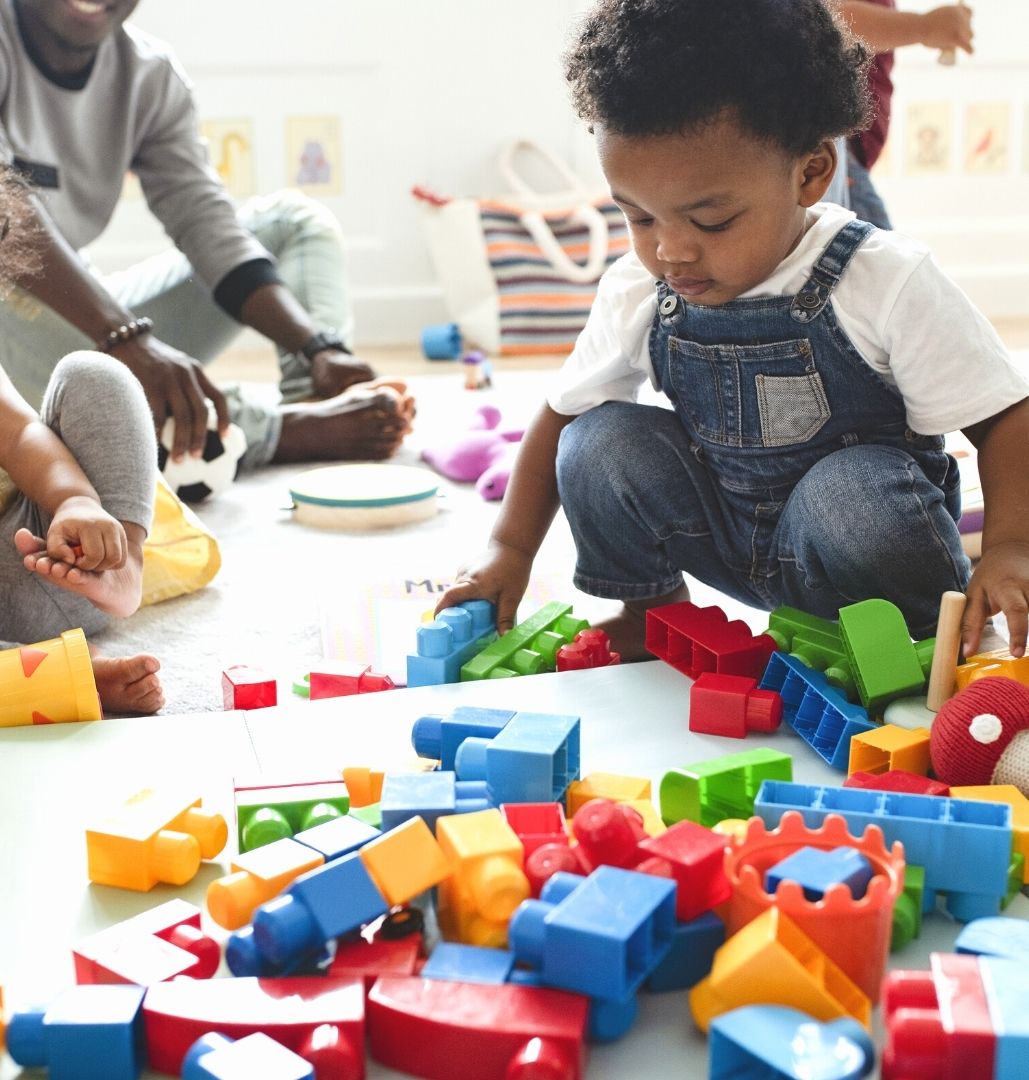Sensory bins are staples in learning that introduce your children to different sights and textures. These bins provide children with the chance to explore their senses through engaging tactile play that helps foster imagination. You may think that creating a sensory bin to have at home sounds hard, but luckily, it’s not an impossible feat. Here’s a step-by-step guide to making a sensory bin for kids that your young ones can enjoy.
Obtain a Sturdy Plastic Container
While any size plastic bin will do, larger options with lids are best since they keep the mess contained and can accommodate multiple small hands at once. If you don’t have access to a large bin, a cardboard box, baking dish, or even a dishpan will do!
The primary focus is a sturdy container to hold sensory filler materials, tools, and play items.
Choose the Bin Filler
The sensory filler is a prime component of this play item. Remember to choose the appropriate filler suitable for your child’s age and the level of supervision they’ll receive while engaging in tactile play.
While some options include edible items like beans, colored rice, and uncooked pasta, there are plenty of non-food filler choices like water beads, colored sand, and shredded paper. The non-food items allow your children to play without risking them ingesting the filler.
Pick the Tools and Play Items
One of the best parts of a sensory bin is integrating tools and play items to engage your child in imaginative play. The options are endless when choosing what you would like to include.
You can create small favors like ribbon tassels as fun play items or include snap cubes and fidgets if crafting isn’t your strong suit.
Establish a Theme
Sensory bins are easily customizable and allow you to create themes according to the season. For example, you could create a Winter Wonderland-themed bin using Styrofoam filler and incorporate holiday-themed fun items.
Sensory plays teach young minds more than you would expect. From life skills to self-control, this playtime go-to fosters imagination and creativity that is beneficial to children’s growth. With this step-by-step sensory bin-making guide, you can introduce your young ones to tactile learning and independent play.








Leave a Reply